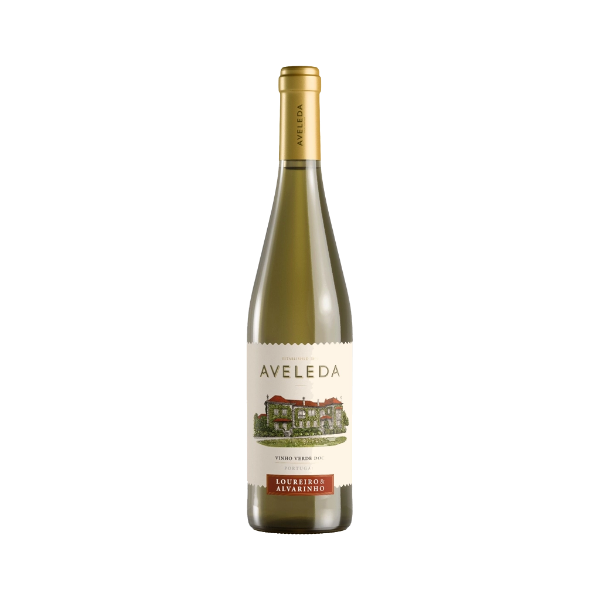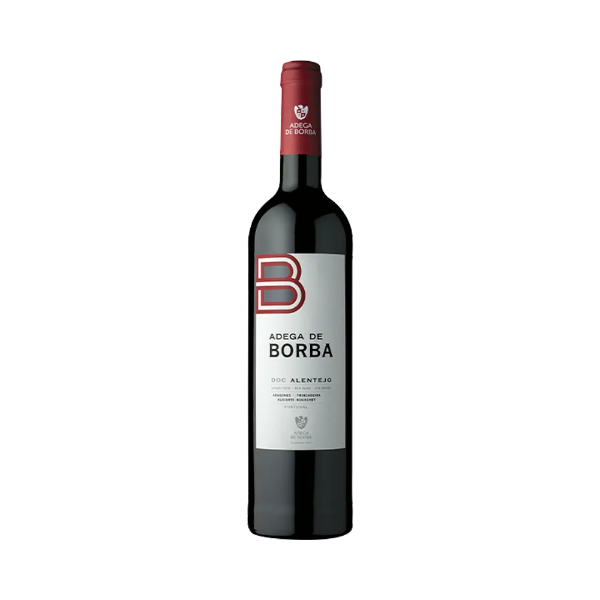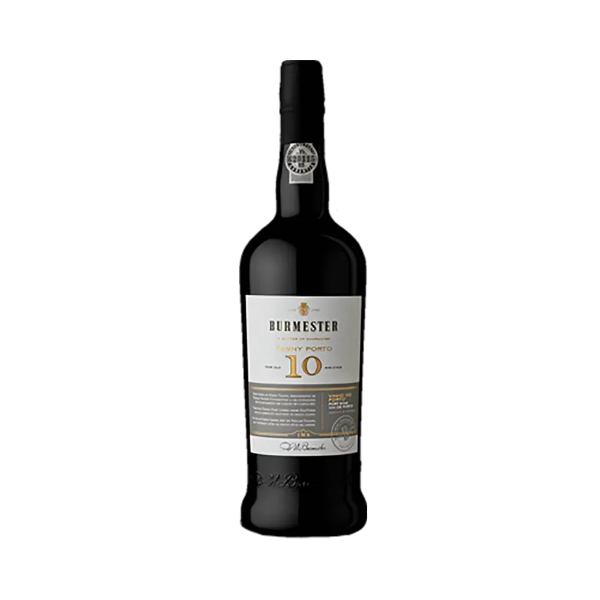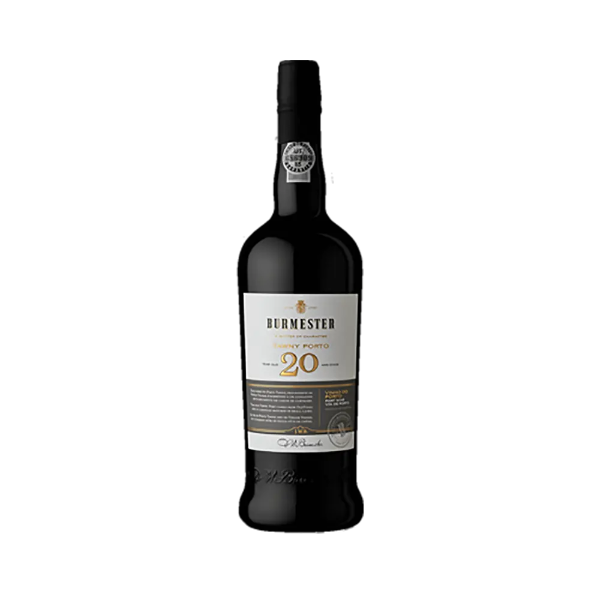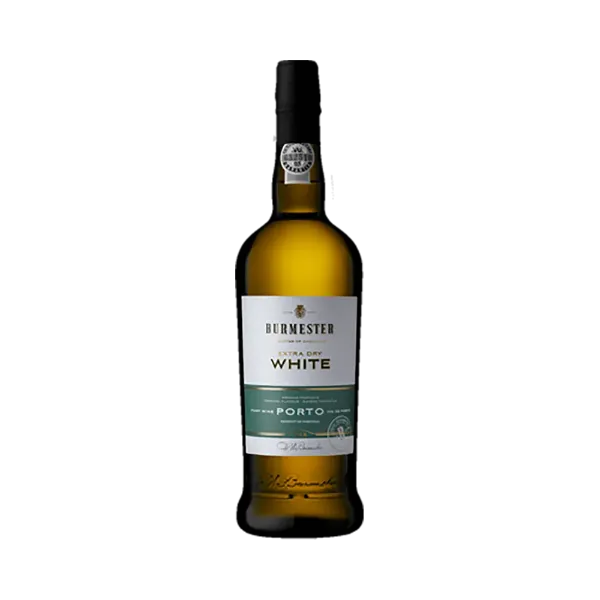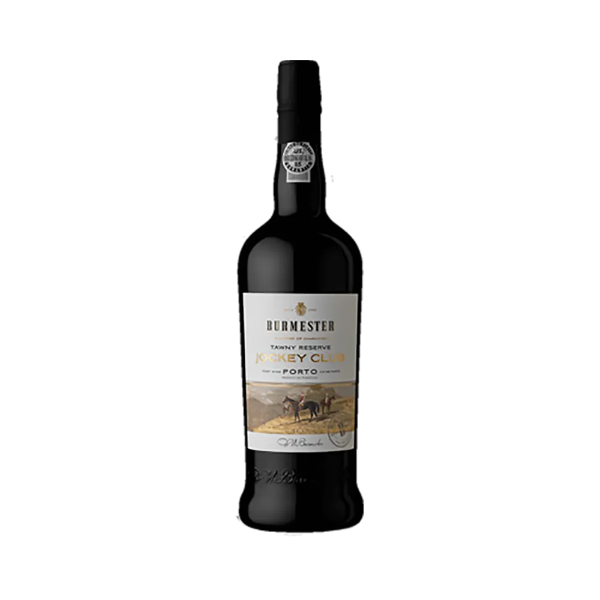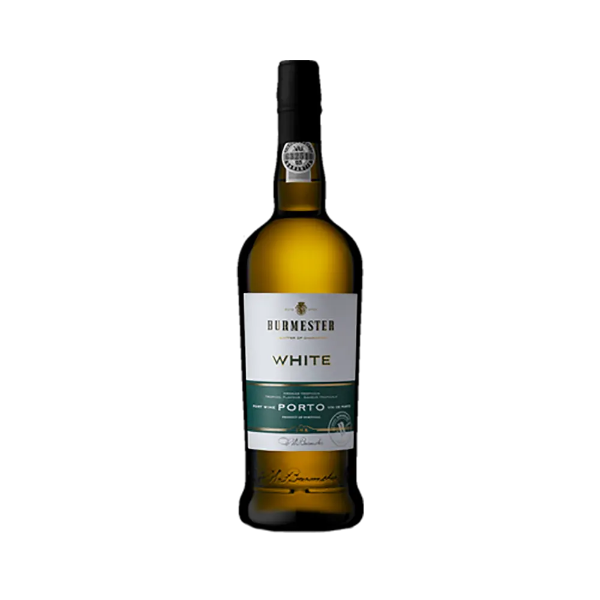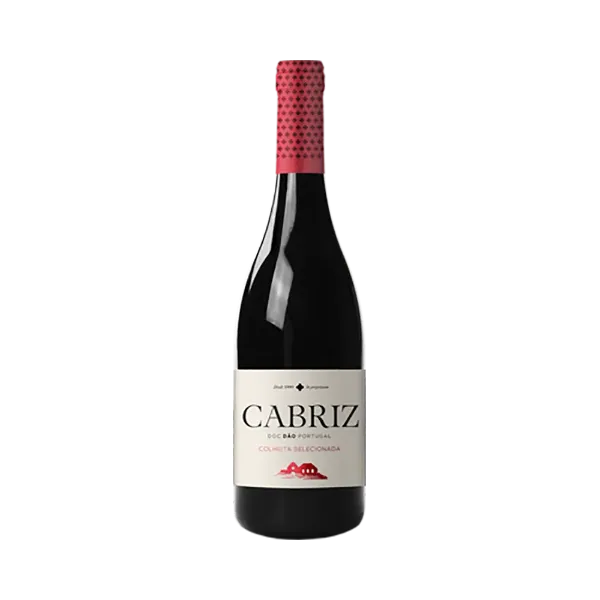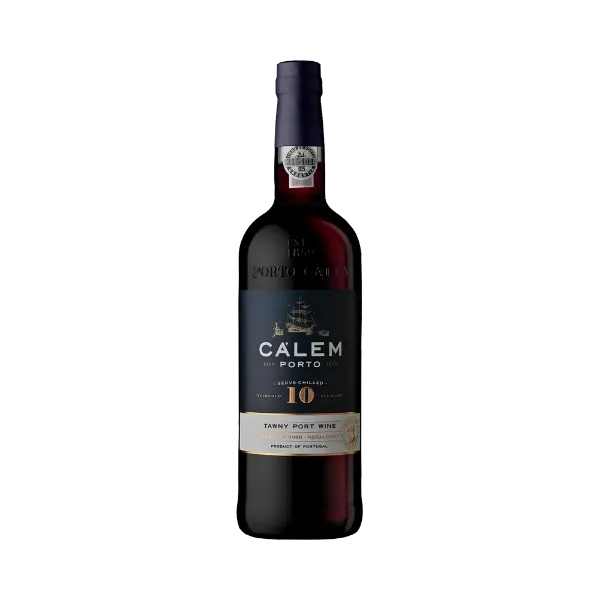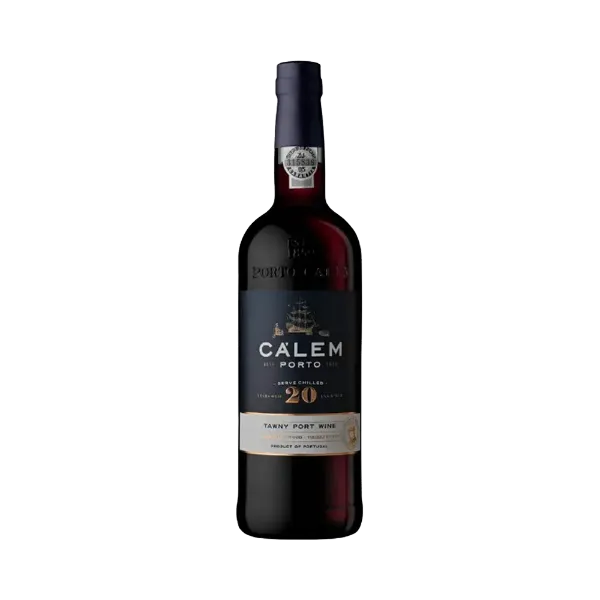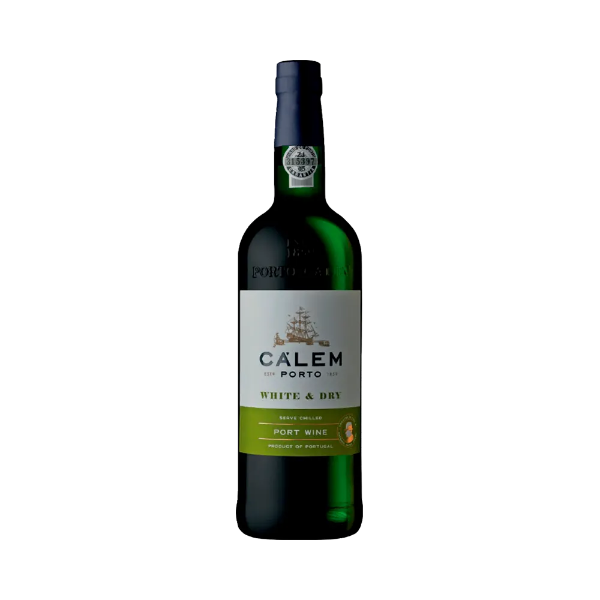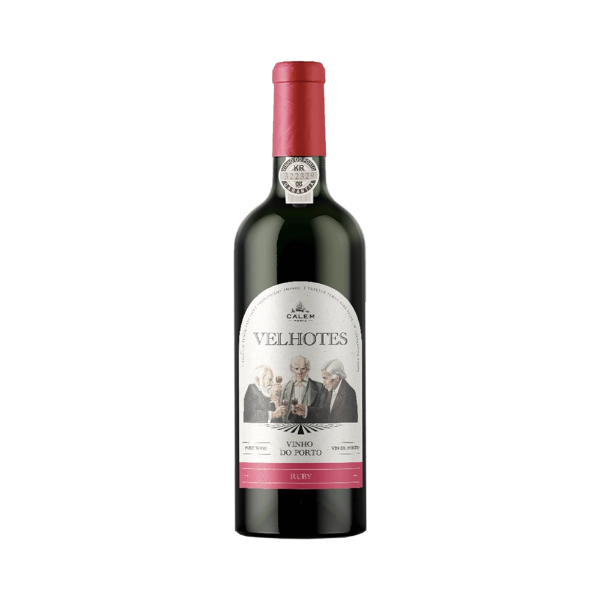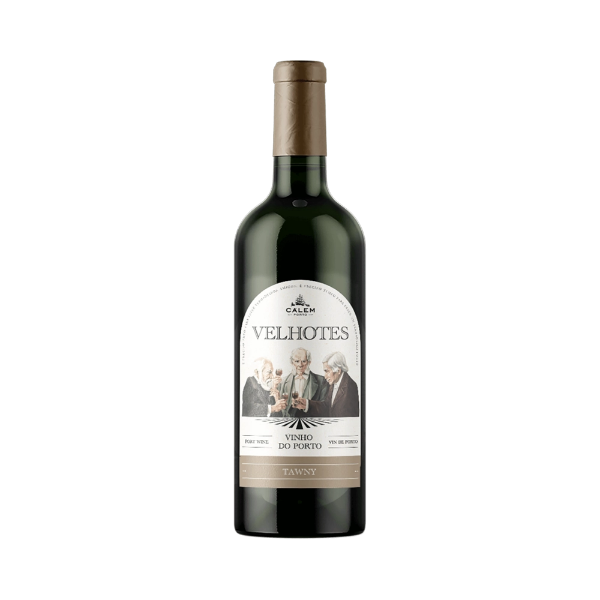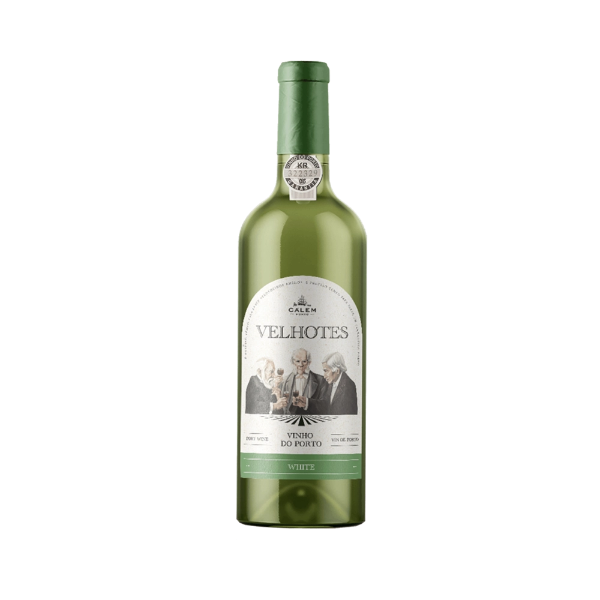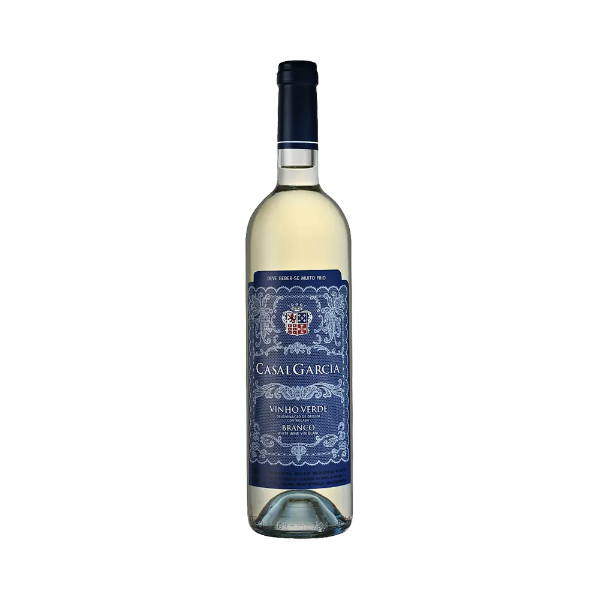Cookies help us deliver our services. By using our services, you agree to our use of cookies.
banner_imagem_categorias

Filter by attributes
- Type
- Region
Wine from Portugal
Portugal is known for its unique and diverse wine regions, producing exceptional wines from indigenous grape varieties. Famous for its Port wine, the country is also known for its dry reds and whites, such as those from Alentejo and Vinho Verde. Portugal's rich winemaking tradition dates back centuries, producing distinctive and high-quality wines.
Sort by
Alambre Moscatel de Setúbal - Fortified Wine is a wine produced in Portugal, in the Península de Setúbal region, by José Maria da Fonseca. It is made with Moscatel de Setúbal grapes.
From £13.31 taxes incl.
Aveleda Loureiro Alvarinho - White Wine is a wine produced in Portugal, in the Vinho Verde region, by Quinta da Aveleda. It is made with Alvarinho, Loureiro grapes.
From £11.31 taxes incl.
Borba - Red Wine is a wine produced in Portugal, in the Alentejo region, by Adega Cooperativa de Borba. It is made with Aragonez, Syrah and Alicante Bouschet grapes.
From £11.13 taxes incl.
Burmester 10 years - Port Wine is a wine produced in Portugal, in the Porto e Douro region, by Burmester. It is made with Touriga Nacional, Tinta Roriz, Touriga Franca, Tinta Barroca grapes.
From £23.69 taxes incl.
Burmester 20 years - Port Wine is a wine produced in Portugal, in the Porto e Douro region, by Burmester.
From £43.21 taxes incl.
Burmester Extra Dry White - Port Wine is a wine produced in Portugal, in the Porto e Douro region, by Burmester.
From £15.94 taxes incl.
Burmester Jockey Club Reserve - Port Wine is a wine produced in Portugal, in the Porto e Douro region, by Burmester. It is made with Tinta Roriz, Tinta Barroca, Tinto Cão, Touriga Franca grapes.
From £19.72 taxes incl.
Burmester White - Port Wine is a wine produced in Portugal, in the Porto e Douro region, by Burmester. It is made with Viosinho, Malvasia Fina, Verdelho, Rabigato grapes.
From £14.49 taxes incl.
Cabriz - Red Wine is a wine produced in Portugal, in the Dão e Lafões region, by Quinta de Cabriz. It is made with Touriga Nacional, Tinta Roriz, Alfrocheiro grapes.
From £12.51 taxes incl.
Calem 10 years - Port Wine is a wine produced in Portugal, in the Porto e Douro region, by Calem. It is made with Touriga Nacional, Tinta Roriz, Touriga Franca, Tinta Barroca grapes.
From £25.63 taxes incl.
Calem 20 years - Port Wine is a wine produced in Portugal, in the Porto e Douro region, by Calem.
From £47.86 taxes incl.
Calem Dry White - Port Wine is a wine produced in Portugal, in the Porto e Douro region, by Calem.
From £16.50 taxes incl.
Calem Velhotes Ruby - Port Wine is a wine produced in Portugal, in the Porto e Douro region, by Calem. It is made with Tinta Roriz, Tinta Barroca, Tinto Cão, Touriga Franca grapes.
From £14.26 taxes incl.
Calem Velhotes Tawny - Port Wine is a wine produced in Portugal, in the Porto e Douro region, by Calem. It is made with Tinta Roriz, Tinta Barroca, Tinto Cão, Touriga Franca grapes.
From £14.26 taxes incl.
Calem Velhotes White - Port Wine is a wine produced in Portugal, in the Porto e Douro region, by Calem. It is made with Viosinho, Malvasia Fina, Verdelho, Rabigato grapes.
From £14.26 taxes incl.
Casal Garcia - White Wine is a wine produced in Portugal, in the Vinho Verde region, by Quinta da Aveleda. It is made with Trajadura, Loureiro, Arinto, Azal grapes.
From £10.15 taxes incl.

Excise duty, customs fees and VAT included in the price.

Delivery time: 2-5 business days
(remote areas not included)
Transportation 100% insured
and special transport boxes.
1 to 3 bottles - £12 max
4 or more bottles - £9.50 max
Orders over £150 - £0
Promotions are available from 27/09/2025 until 31/12/2025, or until stock is out
 Portugal
Portugal Spain
Spain France
France Germany
Germany United Kingdom
United Kingdom Monaco
Monaco


